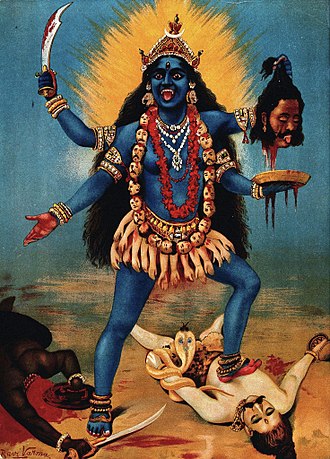Education does not stop after school, college, or university studies. Rather it continues. Pursuing knowledge in the fields already studied along with new interests of learning is part of lifelong schooling.
As formal education ends in the early part of life, the journey to explore and gain knowledge goes on. At the same time, knowledge itself keeps expanding. Once the learning drive starts there is no stop on the knowledge track.
However, knowledge has to be followed intelligently and with an open mind.
Its credibility and perception are based on truth and rationales. As our continuing education advances, it generates new studies, thoughts, theories, meanings, and interpretations. With that growth, knowledge gets enriched.
We are the seekers of knowledge as well as its creator, developer, and distributor.
It is at this helm that we can discern its traditional outlets, like books and libraries, newspapers and magazines, radio, and television, etc. However, these sources are being outpaced and outdated by the surge in the internet and social media.
And this is where we alert ourselves to establish the authenticity and credibility of knowledge attained from online sources. It can prove itself to be wrong and deceptive when produced and shared thru various internet channels.
The buzz word lately is the generation of fake news or information and its circulation.
Google, Emails, Twitter, Facebook, and myriad of websites, etc. are the vehicles moved by our fingertips for mass distribution of news, views, and learnings along with fake stories and misinformation. In the latter case production of such material is so professionally done that unreal casts into real. Believability is established, and its mass circulation starts rolling.
The production of fake news, besides posing a serious threat to bona fide information and knowledge, is a lucrative business as well. When a fabricated story gets viral on search engines like Google and social media like Facebook, it generates money for fake news manufacturers. The “clicks” and “shares” are the measuring indicators in the booms of this illicit business.
Since the blight of fake news is going to be part of knowledge gathering, the acceptance or rejection of pseudo or genuine information depends on our sensitivity and perception, empathy or apathy. Our personal preferences also play a determining role to keep us informed or misinformed while we seek knowledge.
Usually, we select only that information that fits well within our interests, mindset biases, and beliefs.
The production of fake or false news or information, or creation of a thought, an ideology or a campaign, and its spread covers most topics and issues from politics to religion and culture, sciences to medicines, and economics to statistics, etc.
Fabricated information supporting a concept, cult, crusade of morally-revolting motives not only contaminate true knowledge but it is misleading and sinister as well. As of consequence, information literacy is corrupted.
When a fake story or picture on the internet and its various outlets is released, its authenticity is seldom doubted especially by those readers who share its viewpoint.
Professional “gatekeepers” like editors of newspapers or magazines, who reject, allow, or edit an incoming news story or some viewpoints in the traditional institutions, are not the norms in the receiving and delivery systems of the information technology.
Our temperaments, beliefs and even our personal motives are now the “gatekeepers” in the selection and sharing of information. When these attitudes are constantly and willingly being exposed to fake information or stories, fanaticism is created, consolidated, and validated. Convictions and extreme beliefs keep the doors of truth and rationality close.
DEMOCRATIC PLATFORM
Despite this inevitable abuse of the system, the internet provides us a democratic platform that was till now monopolized by the traditional print and electronic media. Social media are open, free, and readily available along with a profusion of websites for the dissemination of information, true or false, and viewpoint, rational or irrational.
The phenomenon has led to the explosion of knowledge in its creation, presentation, and sharing. This is not anymore the domain of only professional writers, intellectuals, publishers, or editors.
The Internet and online social media offer the space to express oneself in few words or in lengthy essays without editing or cuts and censorship. A submission, rejected by conventional book publishers, newspapers, or magazine editors, finds easy alternative outlets through various internet channels and online self-publishing with much wider exposure.
Unlike the traditional sources of knowledge, the net in its brief history has spread itself into a vast field covered with mounds of information and knowledge. Personally speaking, I wrote “
Hinduism Beyond Rituals, Customs, and Traditions” by just going thru the medium of the internet carrying a wealth of relevant articles, research papers, manuscripts, scriptures, and stories.
Numerous reputed and credible websites like
Wikipedia are loaded with extensive knowledge to do research, study or write on any subject of interest.
The internet has liberated knowledge for its easy reach and attainment. But in this endeavor, Nobel laureate
George Bernard Shaw advises: “beware of false knowledge; it is more dangerous than ignorance”.


